gladiolus storage for "winter"
charleshx
9 years ago
Featured Answer
Sort by:Oldest
Comments (11)
duluthinbloomz4
9 years agocharleshx
9 years agoRelated Professionals
Severn Landscape Architects & Landscape Designers · Garden City Landscape Architects & Landscape Designers · Washington Landscape Architects & Landscape Designers · McKinney Landscape Contractors · Cedar Hill Landscape Contractors · Deer Park Landscape Contractors · Dudley Landscape Contractors · Edinburg Landscape Contractors · Fort Myers Landscape Contractors · Harvey Landscape Contractors · Long Beach Landscape Contractors · Longmont Landscape Contractors · Point Pleasant Landscape Contractors · Chicago Ridge Landscape Contractors · Crowley Landscape Contractorsduluthinbloomz4
9 years agocharleshx
9 years agoduluthinbloomz4
9 years agoOldDutch (Zone 4 MN)
9 years agoemerogork
9 years agosalleeann
9 years agoOldDutch (Zone 4 MN)
9 years agoemerogork
9 years ago
Related Stories
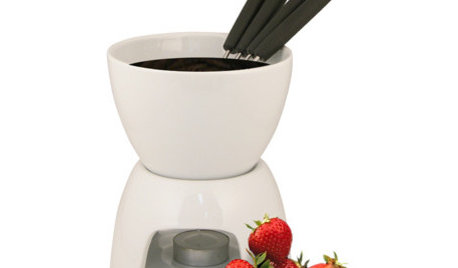
Guest Picks: Winter (Yes, Winter) Warmers
For folks in the Southern Hemisphere, July is right in the heart of winter. Warm up with 20 ways to make your home as cozy as can be
Full Story
SHOP HOUZZShop Houzz: Winning Winter Storage
Help your home stay neat and sans muck with dedicated organizers for all your winter stuff
Full Story0
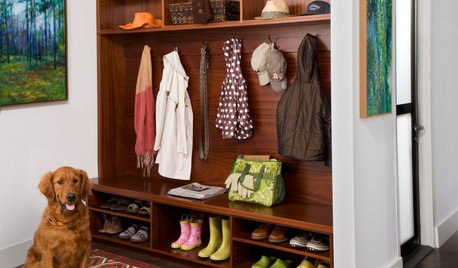
STORAGE8 Ways to Keep Winter Gear From Mucking Up an Entryway
Don't let wet coats and boots dampen your entryway or mudroom's spirit. These storage and other tips can keep everything looking bright
Full Story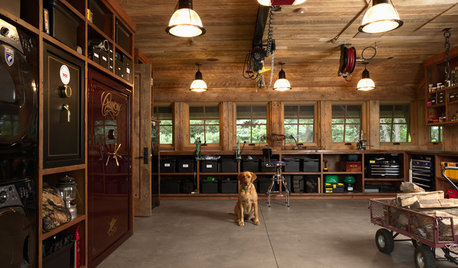
GARAGES8 Tips for a Supremely Organized Winter Garage
Snow and mud make a disorganized garage even worse. These ideas for storage and planning will keep your space clean and dry
Full Story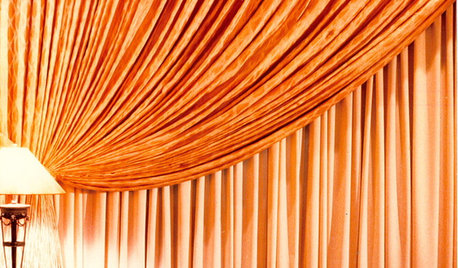
MORE ROOMSUse Draperies to Warm Up Your Rooms for Winter
Window coverings in rich colors and textures turn your space into a cozy retreat for fall and winter
Full Story
BEDROOMSWarm Up Your Bedding for Winter
Plain white, patchwork or plaid, an extra quilt or blanket brings the cozy, keeps the chic
Full Story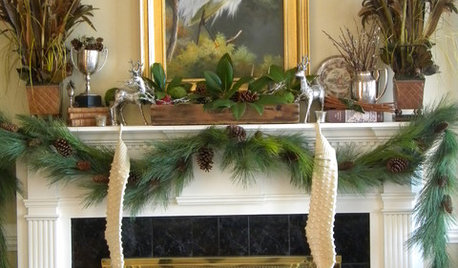
HOLIDAYSWinter Makeover: Naturally Beautiful Christmas Décor
Go green and easy with evergreen garlands, swags and centerpieces
Full Story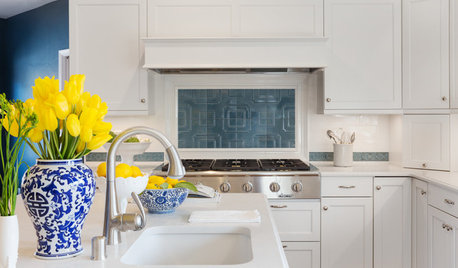
FEEL-GOOD HOMEYour Best Winter Accessory for the Kitchen
Flowers and foliage will bring cheer to your kitchen even in the dead of winter
Full Story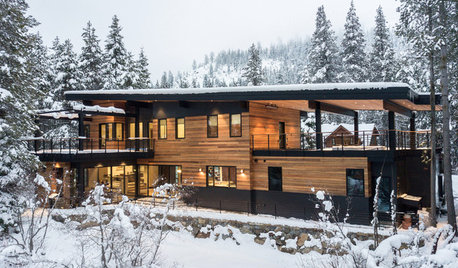
MONTHLY HOME CHECKLISTSYour Winter Home Maintenance Checklist
Keep your home and yard safe and running smoothly as temperatures drop and activity moves indoors
Full Story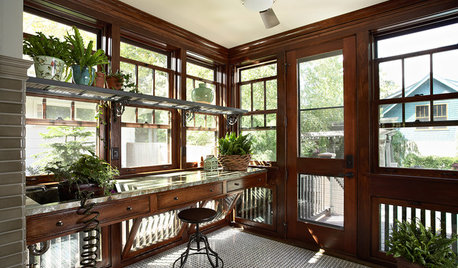
WINTER GARDENINGWinter Gardening: Ideas for a Dream Potting Room
Check out potting rooms that get indoor gardening right — and learn tips for creating your own
Full Story





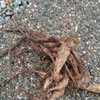

pitimpinai